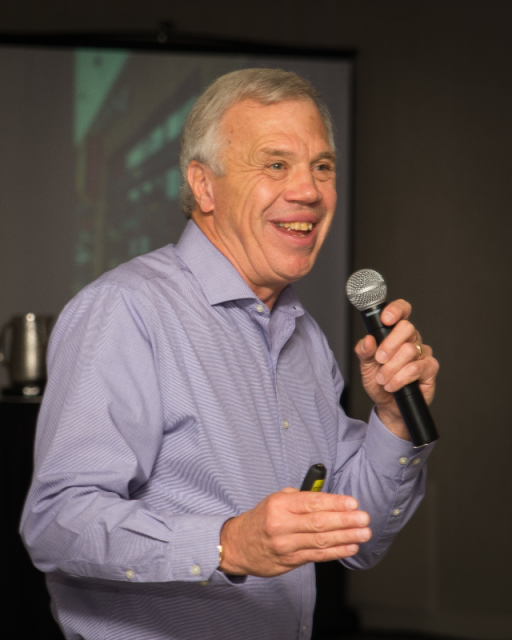
Jim Diers is driven by a passion to get people more involved in their communities and in the decisions that affect their lives. Over the past 40 years, he has served as a grass roots community organizer, community developer, and founding director of Seattle’s Department of Neighborhoods. Jim now shares the lessons from that work in his courses at the University of Washington; in international consulting through the Asset-Based Community Development Institute; and in his book, Neighbor Power. He has been recognized with an honorary doctorate from Grinnell College and as the Public Employee of the Year by the Municipal League of Martin Luther King County.
State or Province:
country:
USwhat are your gifts and talents?:
why do you want to join abcd in action?:
Village Transformed by Kissing Frog
One year ago, I had the opportunity to witness the incredible community-led transformation of Taomi, a small, rural village located in the mountains of central Taiwan. Taomi had been economically distressed due to declining prices for the bamboo shoots produced by local farmers. Young people were leaving because there was no future for them in Taomi.
Then things got much worse. Taomi was the epicenter of the major earthquake that shook Taiwan in 1999. Many people lost their lives. Nearly half of the houses in the village and many of the shops and other structures were totally destroyed.
Amidst this devastation, Liao Chia-chan, the visionary president of the communitys New Homeland Foundation, engaged the community in mapping its strengths. With the assistance of biologists, they discovered that Toami was home to 23 of the 29 species of frogs found in Taiwan. There were also abundant dragonflies, butterflies, fireflies and birds. A nearby university had time and knowledge to contribute. The village was on the road to the tourist attraction of Sun-Moon Lake, but no one ever stopped in Taomi.
Community leaders decided to build on their strengths by turning Taomi into an eco-village. Local workers supported by government grants worked to restore the natural environment. They removed the concrete walls that lined the river. They built ponds to reduce flooding and attract wildlife. Volunteers of all ages reforested with native plants and trees.
Forty-five local residents received extensive training and were certified as naturalists who could lead tours for visitors. Residents established 32 bed and breakfasts to house the tourists. Others learned how to use local ingredients to make meals for the restaurants they established; one specializes in food that could be eaten by caterpillars and butterflies. Still others started organic gardens to grow food for the restaurants and for one another. Some of the gardens are cultivated by young students and by elders with dementia.
When Liao Chia-chan visited Kobe to learn from its experience with earthquake recovery, he discovered that a local church had outgrown its beautiful Paper Dome, constructed of 58 gigantic cardboard columns and designed by Shigeru Ban, the most recent recipient of the Pritzker Architecture Prize. The Kobe church offered to donate the Paper Dome to Taomi where locals rebuilt it as the centerpiece of a social enterprise operated by the New Homeland Foundation. The social enterprise also includes meeting facilities, an interpretive center, stage, gift shop and caf that generate income for the foundation and for those in need. Other local businesses also contribute a percentage of their earnings to this public fund.
Taomi has become a center for the arts as well. Everywhere, there are sculptures and murals of frogs, caterpillars, butterflies and other environmental themes. There is even a local Butterfly Symphony. Young people are returning for the jobs and wonderful lifestyle that now characterizes Taomi, which was the destination for a half-million tourists last year.
